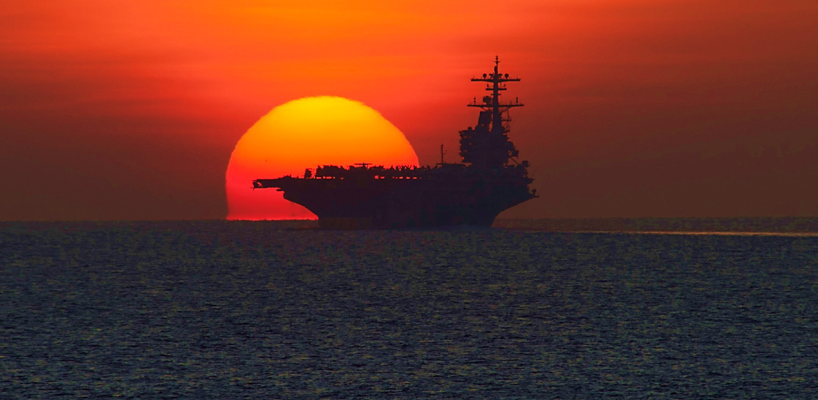Whether you’re a technician, a program manager, or leading a defense contracting firm large or small—or want to steer your career in one of those directions—analysts are getting excited about the potential for significant growth on the horizon in the naval defense industry. You might want to get excited, too.
naval defense FORCE STRUCTURE ASSESSMENT
In mid-December, the Secretary of the Navy released the 2016 Force Structure Assessment (FSA) that “recommends a 355-ship fleet including 12 carriers, 104 large surface combatants, 52 small surface combatants, 38 amphibious ships, and 66 submarines.” That 355-ship goal adds nearly 50 vessels to the March 2015 estimate of 308 ships. According to the Navy, the FSA “will be one input to the Navy’s FY-2018 30-year shipbuilding plan.”
In early February, Congressional Research Service Naval Affairs Specialist Ronald O’Rourke released “Navy Force Structure and Shipbuilding Plans: Background and Issues for Congress,” a one-hundred-page analysis of the implications of the new FSA, a must read for anyone navigating defense contracting waters. While 355 ships in itself is great news for industry and the workforce, O’Rourke estimates that “achieving and maintaining the 355-ship fleet could require adding 57 to 67 ships, including 19 attack submarines and 23 large surface combatants, to the Navy’s FY2017 30-year shipbuilding plan” to account for service lives of ships in the current fleet.
Altogether, if Congress and the President execute the Navy’s plan, then we can expect to see a boom in the immensely broad maritime-related defense industry for the next 15-20 years. “All told,” writes Daily Reckoning’s Kevin Massengill, “billions of dollars will be directed into this area as President Trump’s agenda is formalized and implemented.”
THE TEA LEAVES
According to CRS, a host of factors drive the Navy’s 355-ship model: China’s maritime ambitions, Russia’s ambitions in Mediterranean and North Atlantic; and the Navy’s operational tempo (OPTEMPO) supporting the joint force. Massengill sees a number of other important factors prompting rapid growth in the Department of the Navy. For instance, Massengill believes the threat posed by China is behind Australia’s expanding stance on its sea strategy: “naval developments, led by China, [are] forcing Australia to undertake its first peacetime expansion of their navy” in history. Further, Massengill—who acknowledges that short-term changes in the security threats our national leaders perceive generate the ebb and flood of defense spending and, as well, the targets of that spending—is convinced that the Trump Administration will end defense sequestration and kick start work to meet the Navy’s goal. Finally, Massengill believes that we can expect new international partnerships and, thus, strategic priorities that will stimulate naval growth.
RAMPING UP
According to O’Rourke, the defense industry is ready, especially ready if the focus is on quick building rather than decades-long research and development projects: “Navy officials have stated that, in general, the shipbuilding industrial base has the capacity to take on the additional shipbuilding work needed to achieve and maintain a 355-ship fleet, and that building toward the 355-ship goal sooner rather than later would be facilitated by ramping up production of existing ship designs rather than developing and then starting production of new designs.”
If you’re making mid- to long-term career plans, it might be time to look to the sea.



